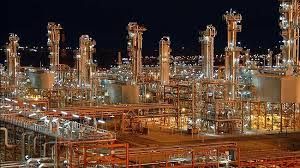Flat 304, NO 8, Takhti SQ, Fereshte, Valiasr, Tehran, Iran
+98 21-22233389
+98 21-26459281
 The Islamic Republic of Iran Shipping Lines (IRISL) has signed a memorandum of understanding (MOU) with Japan’s SUZUE Corporation and Kamigumi Company in Singapore. The MOU includes cooperation on construction of dry ports in Iran as well as making investments on improvement of terminals in Iranian ports. The MOU will become operational after conducting the required studies and finalizing the related contract. Kamigumi, as an integrated logistics services provider, is active in warehouse storage, overland transport and heavy cargo transportation and also offers large-scale terminal operations, logistics outsourcing and overseas local transportation. SUZUE Corporation provides international transportation service besides marine logistics business service. Norway’s SKULD marine insurance company also signed a memorandum of understanding in the field of shipping insurance with IRISL in August 2016.
The Islamic Republic of Iran Shipping Lines (IRISL) has signed a memorandum of understanding (MOU) with Japan’s SUZUE Corporation and Kamigumi Company in Singapore. The MOU includes cooperation on construction of dry ports in Iran as well as making investments on improvement of terminals in Iranian ports. The MOU will become operational after conducting the required studies and finalizing the related contract. Kamigumi, as an integrated logistics services provider, is active in warehouse storage, overland transport and heavy cargo transportation and also offers large-scale terminal operations, logistics outsourcing and overseas local transportation. SUZUE Corporation provides international transportation service besides marine logistics business service. Norway’s SKULD marine insurance company also signed a memorandum of understanding in the field of shipping insurance with IRISL in August 2016.
